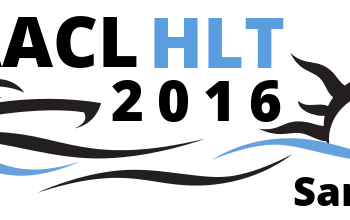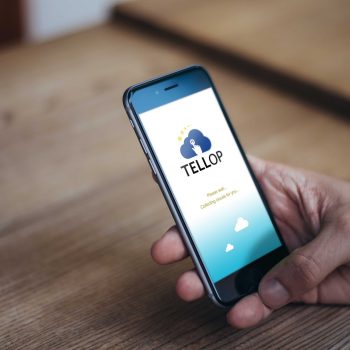Introduction to educational technology, Mike Sharples
Introduction to educational technology from Mike Sharples

Introduction to educational technology from Mike Sharples

This literature review was commissioned by the Scottish Government to explore how the use of digital technology for learning and teaching can support teachers, parents, children and young people in improving outcomes and achieving these ambitions.

RIED. Revista Iboeroamericana de Educación a Distancia Vol 19, No 1 (2016): Mobile assisted language learning in distance and blended education.

A questionnaire to help the NAACL Board get a sense of what they can do to help grow Natural Language Processing in Latin America. For the purposes of this survey, we define Latin America as Central and South America, Mexico…

TELL-OP was disseminated at the ERASMUS+ Staff week Split, Croacia, 25-29 may 2015

68% of Americans have smartphones while 45% have tablet computers. Read the Report here. Other key findings of the report break down the results: 73 percent of U.S. adults own a desktop or laptop computer, a figure that is similar…
Evaluating educational Apps This rubric emphasizes the ability to customize content or settings and how the app encourages the use of higher order thinking skills. Post here: http://learninginhand.com/blog/ways-to-evaluate-educational-apps.html Rubric here: https://static.squarespace.com/static/50eca855e4b0939ae8bb12d9/50ecb58ee4b0b16f176a9e7d/50ecb593e4b0b16f176aa974/1330908312793/Vincent-App-Rubric.pdf

TELL-OP will be disseminating its activities in the Corpus Linguistics Conference at the University of Lancaster, UK. Streamlining corpus-linguistics in Higher and adult education: the TELL-OP strategic partnership 1 Introduction The European Space of Higher Education (HE) and…

Digital language learning has of course been popular for years but the features of a smartphone are fuelling a shift away from the traditional listen and reply CDs of old. Responsive touch screens, enhanced text entry, high-quality image, audio and…